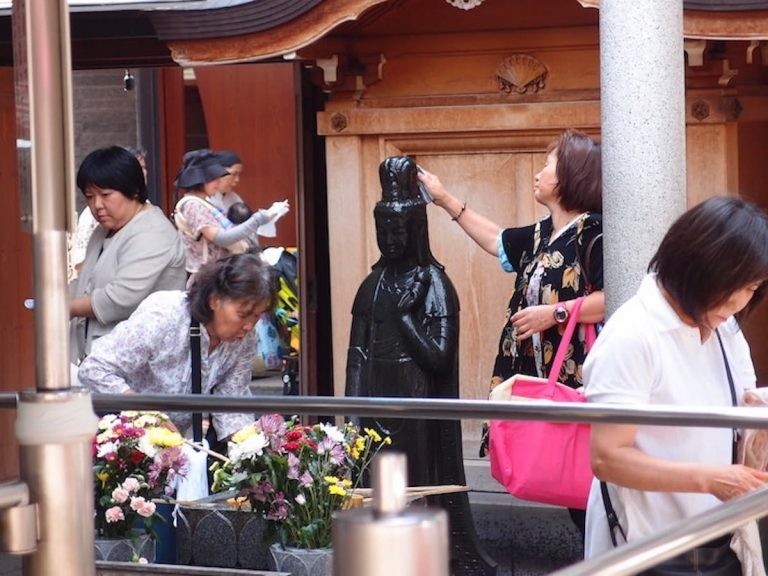Cures and remedies and the Tokyo temples and shrines that dispense them

Prudence and caution are highly valued in Japan. Perhaps that's why, despite making up just 1.7% of the world’s population, the Japanese pay 18% of the world’s insurance premiums (according to insurer Manulife).1
In Japan, there is an insurance policy for every imaginable eventuality. Susceptibility to earthquakes only goes some way to explaining this obsession with the worst-case scenario. This is a thoroughly risk-averse society.
The same 'just-in-case' mentality drives much of Japan's pharmaceutical industry. Compared to people in most other countries, the Japanese enjoy a high standard of living, an excellent diet, and as a result, and the highest life expectancy rates on the planet, but that doesn't deter them from keeping extremely well-stocked medicine cabinets.
Japan is the world’s third-biggest pharmaceuticals market, behind only the United States and China, with a pharma market worth around U.S.$95 billion, according to figures from the country’s Ministry of Health, Labour and Welfare (MHLW).2
The size of the pharma market is partly explained by the preponderance of pensioners, who tend to suffer more ailments and take more pills and potions. Older people need more medicine to prevent as well as to cure ailments.
That is no secret to pharmaceutical companies across the globe, who recognize that Japan’s rapidly aging population presents a unique business opportunity. Japanese firms have a particularly strong standing in their home market, making up six of the country’s top 10 pharma companies, and the likes of Takeda, Daiichi Sankyo, and Chugai are now significant global players.
An aging society, the advent of 24-hour pharmacists, and growing numbers of "the worried well" have turned health into a booming industry, which is something of a mystery when you consider how safe, healthy, and predictable life in modern Japan has become.
Yet even before the arrival of Western medicine, Japanese people were notable for their caution and prudence. There was a host of native remedies to choose from and many people still turn to them before they make a trip to a pharmacy. This is particularly noticeable in the Kansai region, which still has more acupuncturists, masseurs and moxa treatment specialists than the rest of the country.3
Native remedies aside, for most of Japanese history, the most popular way to treat an illness or affliction was by appealing to the gods. As a result, many Tokyo shrines and temples have become associated with health and healing.
Koganji 高岩寺 in Sugamo 巣鴨 has a Togenukijizo (刺抜き地蔵 splinter-removing jizo, a jizo being a small statue of the Bodhisattva Jizo). It is said that if you wash the part of the statue that corresponds to the part of your body that hurts, you will be cured of your ailment. Unfortunately, the statue is normally hidden from public view, but people still come to Kōganji to pray to a picture of the statue, copies of which are available in the temple's main hall.
Another temple famous for its medicinal properties is Togaku-ji temple 東覚寺 near Tabata 田端. It has two Nio (仁王 statue of a Buddhist protective deity) at the entrance to the temple. They are called "red-paper Nio" because it is said that if you stick a piece of red paper to the part of the statue corresponding to the part of your body that hurts, the pain will go away.
Source: japantoday.com
